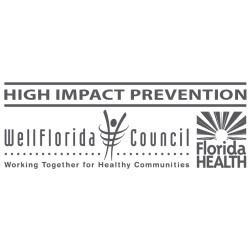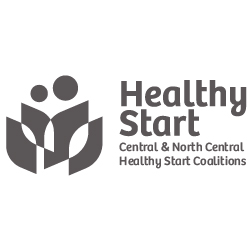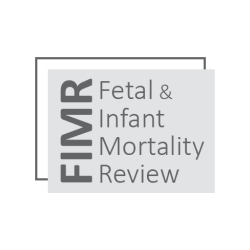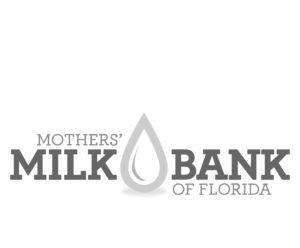Medicare spending high in Marion County
Ocala Star Banner
By Fred Hiers
Because Marion County has such a senior-heavy population, Medicare plays a large part in local healthcare and the medical economy. As the population ages, Medicare spending also increases, especially for patients with chronic illnesses associated with old age.
That combination has placed Marion County among the top 20 counties nationally in a key metric: adjusted Medicare per capita spending growth rates between 2007 and 2013.
In 2007 Medicare spending was, on average, $7,585 per recipient in Marion. By 2013, the latest year for which full data is available, that amount had risen to $9,778 — despite the recession and local economic slowdown, according to the Henry J. Kaiser Family Foundation. Those dollar figures are unadjusted. Once adjustments were made, Marion registered a 4.3 percent annual growth rate, according to Kaiser.
Only 18 other counties had a higher adjusted growth rate during that time, with Allegany, Maryland, at the top of the list at 5.2 percent.
Marion County’s growth rate is all the more interesting because of where the county found itself in 2007. That year, the national average per capita Medicare spending was $8,272 —about 9 percent higher than in Marion. By 2013 Marion had caught up — and exceeded — the national average, which was $9,415, or about 3.8 percent less than Marion.
Of Marion County’s 340,000 or so residents, 27 percent are age 65 or older. Nationally, the 65-and-older crowd makes up 13.4 percent of the population.
Although Medicare spending in Marion County wasn’t the highest in the nation in 2013 — that distinction went to Miami-Dade County, where per capita unadjusted spending reached $16,386 — Marion was still a per capita spending heavyweight in the local area. Sumter County’s per capita Medicare spending was $9,174. In Levy County it was $9,248, in Lake County it was $9,477, and in Citrus County it was $9,124.
In this geographical area, only Alachua County was higher, at $9,941 per capita. Its annual growth rate was 4.1 percent between 2007 and 2013.
What is pushing some counties to have higher per capita spending and growth rates than others? Authors of a Kaiser study identify two schools of thought.
The first: Spending is based on the practice patterns of doctors, which can vary widely across geographic areas. Such patterns can be changed through pressure from Medicare officials to help keep spending in check and consistent nationwide.
The second: Spending depends on differences in the Medicare enrollees’ health and socioeconomic status. That can’t be as easily changed by Medicare.
Local and regional healthcare experts tend to side with the latter theory. They note that Marion County suffers from a high level of healthcare problems, which would drive up Medicare spending. Marion ranked 42nd out of Florida’s 67 counties for poor health in the most recent Robert Wood Johnson Foundation County Health Rankings, which measure overall health.
Before becoming Medicare eligible, thousands of poor or low-income residents don’t have health insurance. They may not have led healthy lifestyles during their pre-senior years and then developed chronic diseases. Marion County overall is a relatively poor, rural county, populated in many cases with people who do not, or cannot afford to, regularly see their doctors, or see them only when their illnesses become severe.
“You’re seeing the end result…of that,” said Dr. Michael Jordan, executive director of the Marion County Children’s Alliance, who also analyzes local healthcare trends. In other words, as that segment ages, those illnesses worsen and become more problematic and leaves Medicare holding the financial bag.
While not all seniors have lived an unhealthy lifestyle and will face chronic health problems down the road, enough have to push Medicare spending up, Jordan said.
Jordan looks at Marion County’s current health scenario and predicts it will only worsen as the county’s adults grow older. To make matters worse, many of the chronic illnesses associated with old age can’t be cured, he said. They can only be managed, and that will continue to require long-term Medicare spending.
A recent WellFlorida study reported:
*Nearly 15 percent of Marion County’s adults are diabetic.
*More than a third of residents are obese.
*Nearly a third live sedentary lifestyles with no regular exercise.
*Median Medicaid enrollment in Marion County, a sign of poverty, is higher than the Florida average.
*There are fewer hospital beds per capita than the Florida average and more tracts of land without places to buy healthy foods than the state average.
Aaron Liberman, professor emeritus from the University of Central Florida’s Department of Health Management & Informatics, said that the increase in Medicare spending nationally is to be expected.
“I can tell you what we’re seeing is the aging of America,” he said.
One in four seniors will retire in Florida and that number is increasing, he said. And as those seniors age, the complexity of their illnesses will increase, as will the necessary healthcare to address those illnesses.
And that means the costs of those treatments will be higher, including in Marion County, where there are numerous specialists who focus on illnesses associated with the elderly, he said.
Liberman, 77, lives in Orlando. He says that as he gets older he and his wife plan to move to a smaller Florida city that offers advanced healthcare professionals.
“We’re going to find a small Ocala community and I’m going to bring my medical expenses with me,” he said.
Heart of Florida Health CEO Rich Mutarelli said that part of Marion County’s high Medicare per capita spending is due to local poverty and poor health choices early on in life. But there are likely other factors.
Many of the retirees who came to Marion County were from the Northeast and were once blue-collar workers, he said. They brought with them lifestyles that included decades of smoking, drinking too much alcohol and not eating healthy.
Scott Hankinson, chief financial officer at Ocala Regional Medical Center, said that the county’s worsening health trend can be seen in his hospital. Between 2013 and 2015 “the severity of the illness are more significant,” he said.
The newly formed Marion County Health Alliance, a conglomerate of about 70 local health care organizations, is working to change that, Hankinson said.
The local senior population is expected to grow another 2 percent over the next few years. In addition, people are living longer and will need more care for illnesses associated with older age. Chronic problems such as obesity and heart disease have to be addressed and managed, or even avoided, at a younger age so it won’t be an issue during our senior years, he said.
And if that isn’t done, he said, those illnesses, in conjunction with other diseases associated with old age, “certainly require a higher level of care.”
Read this article online. http://www.ocala.com/article/20151022/ARTICLES/151029939/0/search?p=1&tc=pg
Back to News page












